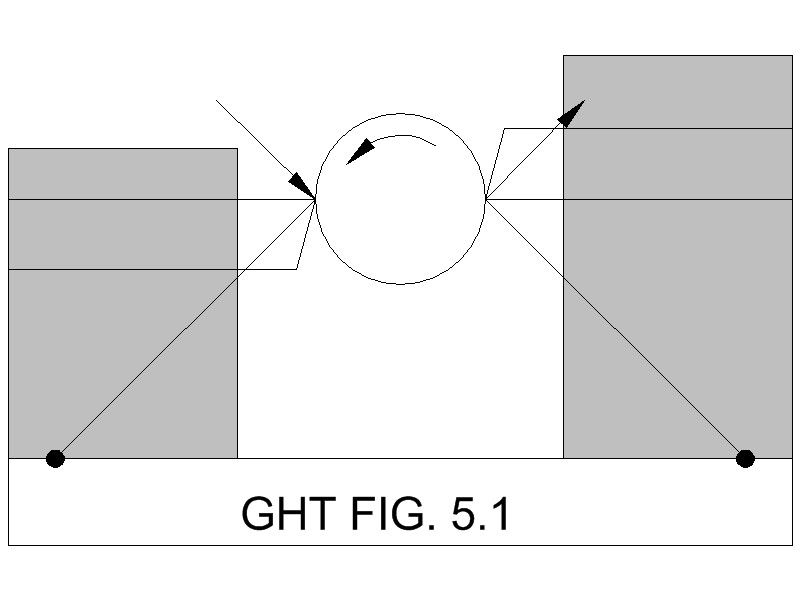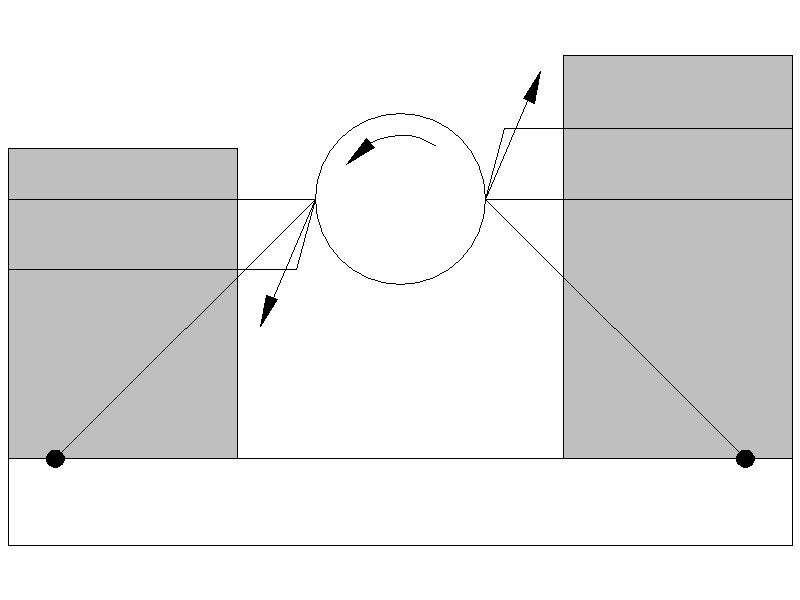Can I offer a somewhat different view of the parting off situation, arrived at after many years of expensive research – a.k.a. playing about and writing off parting tool tips? But first, some caveats:
1) I haven’t read the MEW article (I don’t buy the comics)
2) the following comments are based on the S7 & Connoisseur lathes, which I've used for umpty-one years, you'll have to make up your own minds re their applicability to your machine, if different.
3) This will take some time and space, I can't upload it as a single posting, and chopping it up, adding diagrams, etc. is a pain in the parting tool with this system.
4) I fully accept that I risk being accused of heresy by disciples of GHT, and hence being condemned to eternal damnation – after being burnt at the stake, of course!
But first, a response to Blowlamp's last posting – compliance isn't the solution, it's the problem! Think about a beefy CNC machine chewing metal off at high rates, parting like a knife going through butter – works perfectly, but it's very rigid, no compliance.
Kiwi Bloke1 wrote:
“The late, lamented George Thomas wrote pretty much all anyone could ever need to know about parting off (and many other topics) in his many comprehensive Model Engineer articles and his books.”
He did indeed write a lot of good stuff, but I certainly wouldn’t extend that accolade to his analysis of the front versus back tool post argument! As far as I know, he never actually claimed that his explanation was rock solid, e.g. in Model Engineer’s Workshop, p61 he writes:
“…I imagine (my underlining) that the main reason is that a tool subjected to a downward pressure tends to lean forwards and so dig in whereas upward pressure will cause the tool to move back and out of cut.”
So he’s not all that sure about it, then. Also on p61 is his sketch (Fig. 5.1) in support of the explanation:
He does say that the diagram is an over-simplification… well, dunno about that, I’d say it’s plain wrong! Firstly the directions of the forces on the tool tip are wrong, they should look like this:
That on its own is sufficient to get rid of the 'down & in' versus 'up and out' argument, but additionally GHT's choice of pivot points for the tool posts is entirely arbitrary, and bears no relation to reality! Unfortunately, if one starts from an incorrect assumption, one ends up with at worst an incorrect answer, and at best a misunderstanding of the problem – so given the above errors in the ‘explanation’ it is indeed unfortunate that GHT’s efforts have resulted in the imprinting of the ‘down and in’ versus ‘up and out’ argument into the genetic code of countless model engineers.
Muzzer wrote:
“We love taking simplistic views of problems. When we talk about the tool "springing", we are actually referring to the movement of the point of the tool relative to the point on the work piece where it acts. In between them is a whole series of slides, screws, bodies, joints etc – as well as the workpiece itself. The whole system is a combination of linear (sprung) and non-linear (backlash etc) elements, often with quite different characteristics in different directions”.
Absolutely right Muzzer, particularly the bit I’ve underlined, which hits the parting nail (and indeed any machining exercise on lathe or mill) smack on the head. What matters is the ability of the complete system to support the tool tip in a stable position relative to the workpiece, when the tip is subjected to the forces resulting from the metal cutting operation. So let’s look at that, having removed our GHT-coloured blinkers!
But first, can we agree that the problem of parting off can be parted off into two problems (sorry about that!), viz. chatter, and jamming?
Better stop there for this posting, or it's going to tell me it's too long!
Mark C.






